The judges said: “It is an extraordinarily complex architectural feat masked by an elegant simplicity.
“The construction of the Elizabeth Line was a monumental achievement. The network navigates through centuries of untouched history buried deep beneath London, while carefully avoiding both new and ancient underground footings and sewage systems.
“In contrast to much of the old network, the Elizabeth Line provides a quietly calm environment. Its scheme-defining muted palette of perforated cladding, sensitive lighting and coherent wayfinding systems create an intuitive, frictionless experience.
“Curvaceous, fluid lines converge and diverge, carefully guiding passengers to flow around corners, down cavernous vaulted tunnels and onto wide, open platforms. The lighting subtly shifts between warmer and cooler tones to highlight different levels and junctures, with a warm, softly-diffused band of indirect lighting spanning the platforms above the train doors and direct, cool lighting in smaller cross-passages.
“The expansive tunnels and uncluttered double-length platforms – designed to accommodate full-size trains – feel generously spacious, while major features such as seating and freestanding ‘totem’ concourse signage made from screen-printed toughened glass are repeated from station-to station. The family of finishes give the whole network coherence, helping passengers to navigate the network with confidence.”
The Elizabeth Line was designed by a team of Grimshaw, Maynard, Equation and AtkinsRéalis.
Neill McClements, Partner, Grimshaw, on behalf of the line wide design team said: “The Elizabeth Line is a piece of infrastructure that has been transformative, not only for London’s transport network but also for many people’s lives, highlighting the role design plays in elevating our every day.
“It is also a recognition of the challenges that our profession faces today – the responsibility we have to rapidly respond to the climate emergency, decarbonise our cities and prioritise social and economic equity.
“We know this is only achievable through collaboration and the Stirling Prize recognises all of the design and construction teams that have come together to make the project the success that it is.”





 MPU 300_250px.gif)













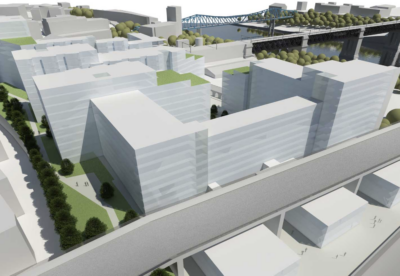











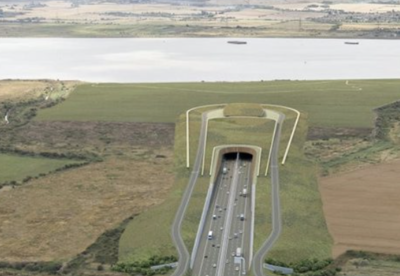
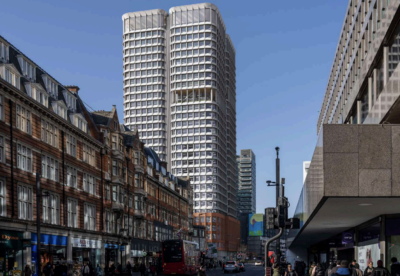






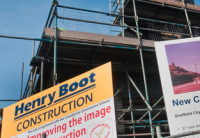
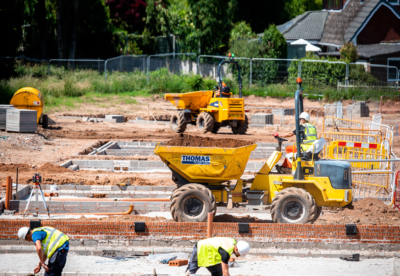













.gif)